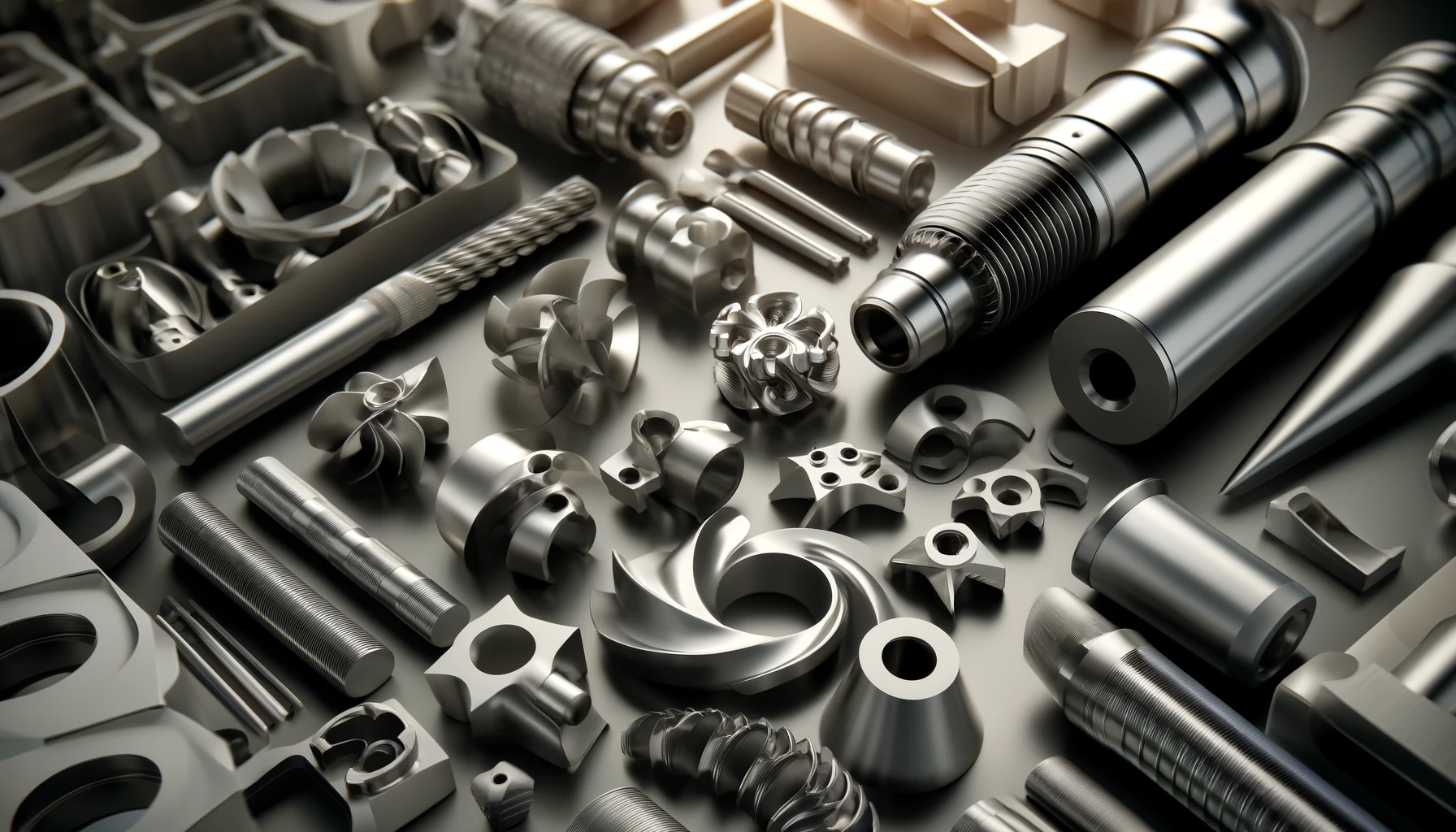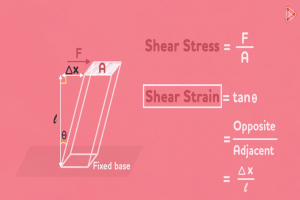Introduction to CNC Machining of Aluminum for Food Automation Machinery
CNC machining stands as a cornerstone in the manufacturing of precision parts, particularly when it comes to aluminum—a metal revered for its lightweight and robust nature. In the realm of food automation machinery, the exactness and reliability of CNC machining are not just beneficial but necessary. The equipment used in food processing must meet stringent hygiene and reliability standards, making aluminum an ideal choice due to its corrosion resistance and ease of cleaning. This article delves into how CNC machining optimizes aluminum parts for such machinery, enhancing both their design and functionality.
aluminum cnc machining service
What Are the Properties of Aluminum That Benefit Food Automation Machinery?
Aluminum is chosen for food automation machinery for several reasons:
- Lightweight: Aluminum’s low density helps in constructing lightweight machines, which are easier to move and require less energy to operate.
- Corrosion Resistance: Essential for food processing environments where moisture and cleaning chemicals are prevalent.
- Thermal Conductivity: Important for processes involving heat transfer, aluminum ensures quick and even heating or cooling, crucial in food production.
These inherent properties of aluminum make it an invaluable material in the sector, but harnessing these benefits requires precise and adept machining capabilities.
How Does CNC Machining Enhance the Precision of Aluminum Parts?
Precision is paramount in food automation due to the intricate assemblies and the need for consistent, reliable machine operation. CNC machining provides:
- High Accuracy: CNC machines can produce parts with extremely tight tolerances, essential for the complex assemblies of food automation machinery.
- Repeatability: Ensuring each aluminum part is identical, which is crucial for large-scale production where consistency in part quality must be maintained.
This level of precision aids in extending the lifespan of machinery and reducing maintenance times and costs.
What Challenges Arise When Machining Aluminum for Food Machinery?
Machining aluminum for food machinery presents several unique challenges that must be managed to ensure high-quality production. These challenges stem from the inherent properties of aluminum and the stringent requirements of food industry standards.
1. Material Softness and Tool Wear
- Issue: Aluminum’s softness compared to other metals like steel can lead to increased wear and tear on cutting tools. This excessive wear can result in poor surface finish and dimensional inaccuracies.
- Impact: Frequent tool changes and downtime increase production costs and reduce overall manufacturing efficiency.
2. Adhesion and Built-Up Edge (BUE)
- Issue: During machining, aluminum tends to stick to the cutting edges of tools, leading to a phenomenon known as built-up edge. This not only affects the cutting efficiency but also deteriorates the finish of the machined part.
- Impact: The need for additional finishing steps and potential waste of material due to imperfect cuts.
3. Thermal Conductivity and Heat Management
- Issue: Aluminum’s high thermal conductivity means it quickly absorbs heat generated during machining, which can lead to overheating if not properly managed. This excess heat can alter the properties of the aluminum, affecting the tolerance and integrity of the machined part.
- Impact: Requires sophisticated cooling techniques to prevent deformation, adding complexity and potential costs to the machining process.
4. Chemical Reactivity
- Issue: Aluminum reacts with certain chemicals used in coolants and lubricants, which can lead to corrosion if inappropriate types are used.
- Impact: The need for special types of coolants and lubricants that are compatible with aluminum, increasing operational costs.
5. Compliance with Food Safety Standards
- Issue: All parts and components used in food machinery must comply with food safety standards, which dictate that materials must not only be durable but also non-toxic and resistant to harboring bacteria.
- Impact: This necessitates precision in machining to ensure smooth surfaces and no crevices where bacteria can accumulate, as well as careful selection of coatings and treatments that meet health and safety regulations.
Strategies to Overcome These Challenges
- Implementing advanced tool materials like polycrystalline diamond (PCD) or carbide coated with titanium aluminum nitride (TiAlN) can reduce wear and prevent material adhesion.
- Utilizing high-pressure coolant systems and specialized lubricants can help manage heat effectively and reduce chemical reactivity issues.
- Rigorous quality control measures and adherence to detailed cleaning and finishing processes ensure that all aluminum parts meet the stringent standards required for food machinery.
How Are CNC Tools Optimized for Machining Aluminum?
Optimizing the tools used in CNC machining aluminum is vital for efficiency and cost-effectiveness. Key considerations include:
- Tool Material: Using polycrystalline diamond (PCD) or tungsten carbide tools can provide the necessary durability and resistance to wear.
- Cutting Geometries: Optimized cutting angles and specialized coatings can reduce adhesion and improve chip evacuation.
Case Study: A prominent beverage bottling company switched to custom PCD tools for their aluminum processing lines, resulting in a 50% reduction in tool change downtime and a 30% decrease in tool costs.
Data Table: Comparison of Tool Life and Performance Metrics
| Tool Material | Average Tool Life (hours) | Cost per Tool | Improvement in Efficiency |
|---|---|---|---|
| Standard Carbide | 100 | $50 | Base |
| Advanced PCD | 500 | $200 | 20% Improvement |
| Coated Carbide | 300 | $100 | 10% Improvement |
This table demonstrates how investing in advanced tool technologies can substantially reduce operational costs and increase production efficiency.
Can Surface Treatments Extend the Life of Aluminum Parts in Food Machinery?
Surface treatments are essential in extending the life and enhancing the functionality of aluminum parts used in food automation machinery. These treatments are strategically applied to mitigate common issues such as corrosion and wear, which are prevalent in the harsh environmental conditions of food processing areas.
Key Surface Treatments for Aluminum Include:
- Anodizing: This process thickens the natural oxide layer on the aluminum surface, significantly enhancing its corrosion resistance and durability. Anodizing is particularly beneficial in food processing environments due to its ability to withstand frequent cleaning and exposure to harsh chemicals without degrading.
- Hard Coating: Offering a thicker and more robust protective layer than standard anodizing, hard coating is suited for aluminum parts that undergo high levels of mechanical stress or are exposed to abrasive materials.
- Powder Coating: Provides a thick, protective finish that is more resistant to chipping, scratching, and other forms of physical wear. It is also available in various colors, which can be used to enhance visual management within food processing facilities.
Data Table: Impact of Surface Treatments on Aluminum Parts
| Surface Treatment | Corrosion Resistance | Wear Resistance | Cost | Additional Benefits |
|---|---|---|---|---|
| Anodizing | High | Medium | Moderate | Non-toxic, suitable for food contact |
| Hard Coating | Very High | High | Higher | Increases surface hardness |
| Powder Coating | Medium | High | Moderate | Aesthetic options, easy to clean |
These surface treatments not only improve the longevity and reliability of aluminum parts but also ensure they can endure the rigorous conditions of food production, which involves regular exposure to moisture, temperature fluctuations, and cleaning agents.
By applying these treatments, manufacturers can reduce the frequency of maintenance and replacement, ultimately leading to lower long-term costs and improved operational efficiency. Each of these treatments brings distinct advantages, making the selection process critical based on specific operational requirements and environmental conditions.
How Does CNC Machining Contribute to Sustainability in Food Automation Machinery Production?
CNC machining’s precise nature means that material waste is minimized during the manufacturing of parts. Moreover, modern CNC machines are designed to be more energy-efficient and are capable of recycling or reusing machining fluids and aluminum chips, contributing to a more sustainable manufacturing process.
Sustainability Aspects of CNC Machining Include:
- Reduced Material Waste: Precise machining reduces excess material use, and optimized nesting software ensures maximum utilization of raw materials.
- Energy Efficiency: Newer CNC machines are equipped with energy-saving features that minimize power consumption during idle and active phases.
- Recycling of Aluminum Chips: Aluminum remains one of the most recyclable materials, and the chips produced during machining can be collected and recycled, further reducing the environmental impact.
Data Table: Energy Consumption and Waste Reduction
| Machine Model | Energy Consumption (kWh) | Material Waste Reduction (%) | Recycling Capability |
|---|---|---|---|
| CNC Model X | 5.5 | 25 | High |
| CNC Model Y | 6.0 | 30 | Moderate |
| CNC Model Z | 4.8 | 40 | Very High |
These data highlight how modern CNC machines contribute to environmental sustainability by reducing waste and energy use.
Other Articles You Might Enjoy
- Aluminum CNC Machining Service for Custom Parts
Aluminum CNC machining stands at the forefront of modern manufacturing, epitomizing precision, versatility, and efficiency. With its widespread applications across industries ranging from aerospace to automotive and beyond, aluminum CNC…
- How Do CNC Machining Parts Help Food Automation Machinery Comply with Strict Food Safety Regulations?
Introduction CNC (Computer Numerical Control) machining is a cornerstone of modern manufacturing, providing unparalleled precision and efficiency. In the context of food automation machinery, CNC machining parts play a critical…
- CNC Machining Aluminum vs. Brass: A Detailed Comparison for Precision Parts Manufacturing
Introduction to CNC Machining and Material Choices CNC (Computer Numerical Control) machining is a critical process in precision parts manufacturing. Its importance lies in its ability to create intricate and…






